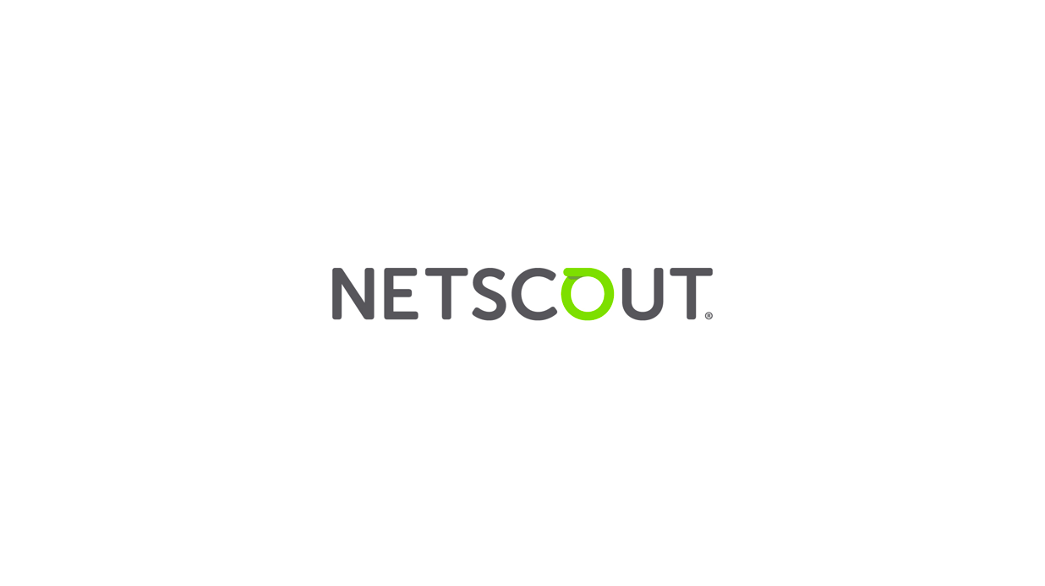DDoS Attacks Skyrocket and Hacktivist Activity Surges Threatening Critical Global Infrastructure According to NETSCOUT’s 1H2024 Threat Intelligence Report

Hacktivists Escalate Sophisticated, Multi-Vector Assaults on Banking and Financial Services, Government, and Utilities
Bengaluru, November 18, 2024: NETSCOUT SYSTEMS, INC. (NASDAQ: NTCT) today released findings from its 1H2024 DDoS Threat Intelligence Report , citing a dramatic 43% increase in the number of application-layer attacks and a 30% increase in volumetric attacks, especially in Europe and the Middle East. Attack duration varied with 70% lasting less than 15 minutes. The escalation of attacks involves a range of threat actors, including hacktivists targeting critical infrastructure in the banking and financial services, government, and utilities sectors. These attacks pose significant threats by disrupting vital civilian services in countries that oppose hacktivists’ ideologies. Key industries, already facing frequent and intense multi-vector attacks, experienced a 55% increase over the past four years.
“Hacktivist activities continue to plague global organizations with more sophisticated and coordinated DdoS attacks against multiple targets simultaneously,” stated Richard Hummel, director, threat intelligence, NETSCOUT. “As adversaries use more resilient, take-down-resistant networks, detection and mitigation are more challenging. This report gives network operations teams insights to fine-tune their strategies to stay ahead of these evolving threats.”
Attack Sophistication Strains Networks Worldwide
DDoS
attacks continue to evolve, using innovative technologies and approaches to
disrupt networks. During the 1H2024, NETSCOUT observed several significant
trends, including:
- NoName057(16),
a pro-Russia hacktivist group, increased its focus on application-layer
attacks, particularly HTTP/S GET and POST floods, leading to a 43% rise
compared to 1H2023
- Bot-infected
devices increased by 50% with the emergence of the Zergeca botnet – and the
continued evolution of the DdoSia botnet used by NoName057(16) – which uses
advanced technologies like DNS over HTTPS (DoH) for command-and-control (C2)
- Distributed botnet C2 infrastructure leveraging bots as control nodes, enabling more decentralized and resilient DdoS attack coordination.
These
attacks have triggered widespread disruptions, affecting industries on a global
scale. Service slowdowns or outages can cripple revenue streams, delay critical
operations, hinder productivity, and significantly elevate organizational
risks.
Attackers Targeting New Networks
NETSCOUT also found that the emergence of new networks and autonomous system numbers (ASNs) play a pivotal role in increased DdoS activity. Over 75% of newly established networks are involved with DdoS activities, both as targets or abused participants in furthering attacks on others, within the first 42 days of coming online, as adversaries launch attacks using resilient nuisance networks and bulletproof hosting providers. Organizations need to plan for DdoS protection when splitting off a portion of a network to a new ASN rather than assume automatic protections from upstream service providers.
Most
Targeted Sectors in India
The following industry chart shows the
most targeted sectors in 1H 2024 by number of attacks.
- Wired
Telecommunications Carriers
- All other
Telecommunications
- Wireless
Telecommunications Carriers ( except Satellite)
- Data
Processing Hosting & Relates Services
- Computing
Infrastructure Providers Data Processing Web Hosting & Related services
- Paint
& Coating Manufacturing
- Web
Search Portals & all other Information Services
- Computer
Storage Device Manufacturing
- Direct
Mail Advertising
- Computer Systems Design Services
About NETSCOUT
NETSCOUT
SYSTEMS, INC. (NASDAQ: NTCT) protects the connected world from cyberattacks and
performance and availability disruptions through its unique visibility platform
and solutions powered by its pioneering deep packet inspection at scale
technology. NETSCOUT serves the world’s largest enterprises, service providers,
and public sector organizations. Learn more at www.netscout.com or follow @NETSCOUT on LinkedIn, X, or Facebook.



